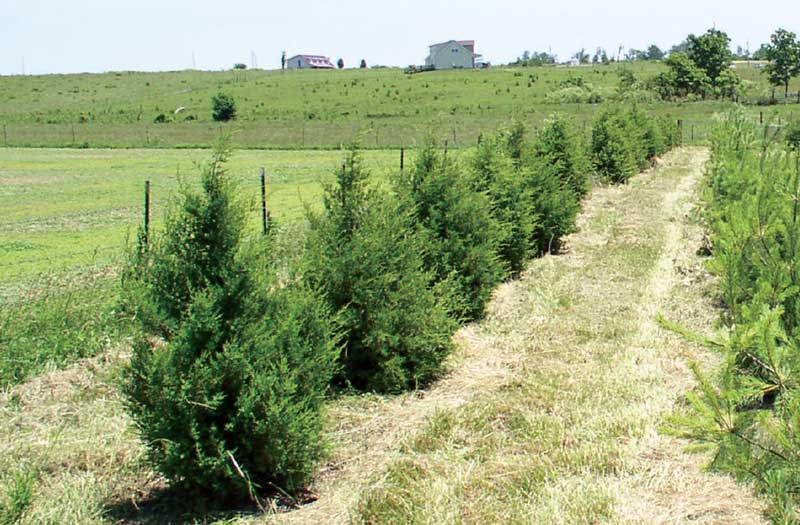Tough Native Plants That Thrive in Winter Landscapes
Winter is often viewed as a time of dormancy in nature, but for many native plants, it represents a season of resilience and beauty. Native plants that thrive in winter climates contribute to resilient landscapes and add striking visual interest to snowy settings. More importantly, they play a crucial role in supporting wildlife during the harshest months of the year. These hardy plants have adapted to endure cold temperatures, snow, and ice while providing essential resources such as food, shelter, and protection for birds, mammals, and insects. By incorporating these resilient native plants into your landscape, you can create a winter garden that is both beautiful and environmentally beneficial.
The Importance of Durable Native Plants in Winter Landscapes
Native plants are the backbone of healthy ecosystems, and their role becomes even more critical during the winter months. As temperatures drop and food becomes scarce, native plants provide a lifeline for wildlife. They offer nutritious berries, seeds, and nuts that sustain birds and mammals, dense foliage that provides shelter from the cold, and protective cover from predators. Additionally, native plants are adapted to local climates and soil conditions, making them low-maintenance and environmentally friendly options for winter gardens.
Beyond their ecological benefits, native plants also enhance the aesthetic appeal of winter landscapes. Their vibrant berries, evergreen foliage, and unique textures bring color and interest to an otherwise monochromatic season. By selecting native plants, you can create a winter garden that is not only beautiful but also supports the local ecosystem.
Five Tough Native Plants That Thrive in Winter Climates
Here are five native plants that are particularly well-suited to winter landscapes, offering both aesthetic appeal and ecological benefits:
1. Winterberry (Ilex verticillata)
Winterberry is a deciduous holly that deserves a place in every winter garden. Known for its bright red berries, this plant brings a vibrant pop against the snowy backdrop of winter. The berries persist throughout the season, offering an important food source for bird species including cedar waxwings, woodpeckers, and cardinals.
– Growing Conditions: Winterberry thrives in moist, acidic soils and prefers full sun to partial shade.
– Wildlife Benefits: These berries serve as an essential food source for birds in the winter.
– Landscape Use: Perfect for winter gardens, natural areas, and as a central feature in the landscape.
Shop Winterberry from Forrest Keeling.
2. Deciduous Holly (Ilex decidua)
Deciduous holly is another native species that produces an abundance of vibrant red berries in winter. Although the berries aren’t the preferred food for all wildlife, they become crucial during heavy snowfalls when other food sources are scarce. Birds such as cedar waxwings and cardinals feast on the persistent fruit in late winter.
– Growing Conditions: This plant flourishes in moist soil and can adapt to full sun or partial shade. It is dioecious, meaning that both male and female plants are necessary for fruit production.
– Wildlife Benefits: The berries serve as food for birds, while the thick foliage provides shelter.
– Landscape Use: Effective as a specimen plant, in groups, or as a hedge in low, moist areas.
Shop Deciduous Holly at Forrest Keeling.
3. Blackhaw Viburnum (Viburnum prunifolium)
Blackhaw viburnum is a large native shrub or small tree that is highly adaptable to various soil conditions. In the spring, it produces copper-colored leaves and white, flat-topped flowers, which are followed by black fruits in the fall. The black fruits provide a beautiful contrast with the pinkish-red foliage. Birds and small mammals are fond of these fruits.
– Growing Conditions: Blackhaw viburnum thrives in well-drained soil and can tolerate both sunlight and shade.
– Wildlife Benefits: The fruits act as a food source for birds and mammals, and the dense foliage offers shelter.
– Landscape Use: Ideal for naturalized areas and winter gardens, or as a centerpiece in the landscape.
Shop Blackhaw Viburnum at Forrest Keeling.
4. Eastern Red Cedar (Juniperus virginiana)
Eastern red cedar is a cold-hardy evergreen workhorse in native landscapes. Its fibrous root system makes it excellent for erosion control, and when planted in groups, it serves as an effective windbreak. The tree’s blue-green, berry-like fruits attract various birds, while its prickly foliage offers valuable cover for wildlife.
– Growing Conditions: Eastern red cedar thrives in dry, alkaline, and windy sites, making it well-suited for challenging landscapes.
– Wildlife Benefits: The fruits attract birds, and the dense foliage offers shelter.
– Landscape Use: Excellent for windbreaks, erosion control, and as a wildlife-friendly evergreen in winter gardens.
Shop Eastern Red Cedar at Forrest Keeling.
5. Snowberry (Symphoricarpos albus)
Snowberry is a bushy, rounded shrub that produces clusters of small, bell-shaped flowers in the summer, followed by white berries that persist throughout winter. These berries provide a food source for birds and larger mammals, including deer and bears. Furthermore, snowberry serves as a larval host plant for several species of butterflies.
– Growing Conditions: Snowberry tolerates various soil types and thrives in full sun.
– Wildlife Benefits: The berries provide food for birds and mammals, and the plant offers shelter for summer birds.
– Landscape Use: Ideal for naturalized areas, winter gardens, and as a low-maintenance shrub.
Shop Snowberry at Forrest Keeling.
More Than a Pretty Face: The Practical Benefits of Native Plants
These resilient native plants are beautiful and beneficial for wildlife and also serve practical purposes in the landscape, such as absorbing excess stormwater or controlling erosion on steep banks. Another highly effective technique is Vegetative Environmental Buffers (VEBs) or windbreaks. These thickly planted plant borders are designed to shelter areas from wind, reduce energy costs, and neutralize odors.
How Do VEBs Work?
1. Modified Airflows: VEBs change airflows to protect and insulate buildings while diluting and dispersing odors.
2. Filter the Bad: Odorous dust and aerosols collect on leaves, needles, and branches, trapping odors within the buffer.
3. Store Chemicals: Chemical constituents of odors collect and store in tree wood.
4. Reduce Wind Erosion: VEBs protect adjacent crop fields and properties from wind damage.
5. Improve Views: Visual barriers block unwanted sights, improving the landscape’s aesthetic appeal.
Research indicates that strategically placed VEBs can decrease fuel consumption by 18 to 25 percent by lessening the impact of strong winds on buildings. Planting VEBs around a facility’s perimeter can also aid in directing airflow upward and over odor sources, allowing fresh air to blend with and dilute odors and dust.
Download our handout about native plant VEBs and windbreaks to learn more.

VEGETATIVE ENVIRONMENTAL BUFFERS & WINDBREAKS
Forrest Keeling: Your Partner in Winter Landscaping
We are committed to restoring Earth’s ecosystems one tree at a time at Forrest Keeling Nursery. As North America’s leader in native plant production, we grow over 1.5 million plants yearly, including a wide variety of species that thrive in winter climates. Our patented RPM (Root Production Method)R technology ensures that our plants grow faster and exhibit superior survivability, making them ideal for winter landscapes and conservation projects.
Whether creating a winter landscape, restoring a natural habitat, or embarking on a large-scale conservation project, our team of experts is here to help. By choosing native plants, you’re investing in the future of our ecological well-being.
Contact a Forrest Keeling team member to learn more about incorporating native plants into your winter landscape.
Forrest Keeling…it’s where the best trees begin!
